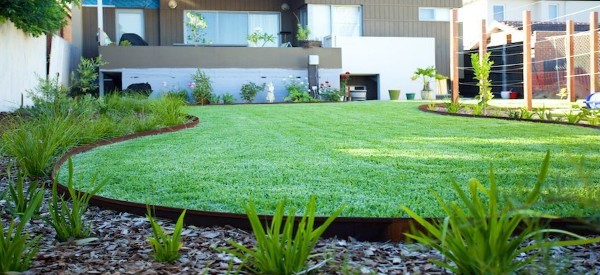It is the dream of every homeowner to create a garden that will look colourful all year round. However, the Australian climate changes drastically, and this means the death of most plants. You might head out to a garden shop during summer, find pots with blooming plants and be convinced that they will do well in seasons. However, if you are not careful, you will soon have a garden full of plants that only bloom in summer.
It takes a lot of planning to design a garden for the Australian weather. With the strategies mentioned below, you will have a garden that looks great in summer, spring, and still provide some value in winter.
Know your garden’s qualities before buying plants
One of the biggest mistakes that people make is look around the neighbourhood, look at the type of plants other homes have, and think that they will work in their gardens too. What they forget is that their gardens are unique in their own making. Therefore, before you make plant choices, you will need to answer the following questions;
- Which direction does your garden face?
- How wet or dry is your soil?
- How much sun does your garden receive when trees around them leaf out during fall?
Choosing plants that are compatible with the realities of your garden will help you design a landscape that will make you smile even in the harshest Australian weather.
Buy perennial plants and shrubs
Well, the reason why you will not find many homeowners buying perennial plants and shrubs is because they come with a hefty price tags. However, your home is an investment, and whenever you can, make it look as good as you want it to be.
If you want to have bulbs and annuals regardless of the type of the weather present in different months, perennials will do the trick.
Visit different garden shops and compare the prices, so that you can find the best deals that complement your needs and budget
Plant a variety of things that will blossom at different times
You might not be able to afford perennials and shrubs because of their price, but this doesn’t mean that you should not have a good-looking garden all year round. One of the best ways to landscape for the Australian climate is to plant things that blossom at different seasons. For instance, you can plant snowdrops and fritillaria during spring, lilies and peacock orchids during summer, daisies and lavender during midsummer, Rosa rugose and dahlias during late summer and fall, and little bluestem and red barked dogwood during winter.
Never ignore climate before you design your landscape
There are a range of factors that people pay attention to when designing their landscape. They include priorities, site analysis, and design. However, even the best designed landscapes fail if climate and the environment are not put into consideration.
Every time you think about a landscape design, always have an Australian National Botanic Gardens (ANBG) map at hand. This one will help you determine the type of plants that will do well in your location based on its climatic conditions.
If you have no time to check this map, or you never knew it existed in the first place before reading this post, consider working with a professional landscape designer. If you choose an experienced and highly qualified one, there are high chances that he has designed many gardens across the country, or he has studied the Australian climate and has an idea of the plants that will do great in your area and those that don’t.
Don’t let the Australian climate get on your way as you plan to have the best garden in the neighbourhood. Try the above tips and thank yourself later!

